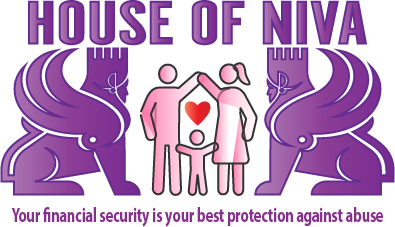
Impossible
Until its Done.
Recognizing the Signs and
Taking Action.

Controlling and Dominating Behavior:
Abusers often exert control over their victims through various tactics. They may isolate the person from friends and family, dictate their activities and whereabouts, or constantly monitor their actions. Controlling behavior is a significant red flag and can manifest in different forms.
Intense Jealousy and Possessiveness:
Abusers may display extreme jealousy and possessiveness, questioning the person’s interactions, friendships, or accusing them of infidelity without valid reasons. They may attempt to isolate the individual from their support networks, making them reliant solely on the abuser for validation and companionship.
Emotional Manipulation:
Abusers are skilled at manipulating emotions and may use tactics like gaslighting, where they make the victim doubt their own perceptions, memories, and sanity. They might employ guilt trips, blame-shifting, or constantly criticizing and demeaning the person to break down their self-esteem.
Threats and Intimidation:
Abusers frequently resort to threats and intimidation to maintain control. They may make threats of physical harm to the victim, their loved ones, or even pets. Such behavior creates an atmosphere of fear and vulnerability, making it difficult for the victim to leave the abusive situation.
Physical or Sexual Violence:
Physical and sexual violence are severe forms of abuse. Physical violence can range from slapping, hitting, or choking to more severe acts of aggression. Sexual violence involves non-consensual sexual activities, coercion, or forced participation in sexual acts against the person’s will.
Explosive Anger and Unpredictable Behavior:
Abusers often have difficulty managing their anger, leading to explosive outbursts over minor issues. They may exhibit unpredictable behavior, switching between extreme affection and hostility, which can leave the victim constantly on edge and walking on eggshells.
Financial Control:
Abusers may exert control over the victim’s finances, withholding money, limiting access to resources, or preventing them from working. This control tactic makes it challenging for the person to become financially independent and leave the abusive situation.
If you or someone you know is experiencing abuse, reach out to local helplines, support organizations, or authorities to access resources and guidance. Remember, you are not alone, and support is available to help you navigate through this difficult situation.








Recognizing abuse is the first step. Learn more on National Domestic Violence Hotline Learn More
Conclusion:
Recognizing the signs of abuse is an important step in breaking the cycle and providing support to survivors. At the House of Niva, we stand with you in raising awareness, promoting education, and fostering a safe environment. Together, we can empower individuals to identify abuse, offer support, and work towards creating a society free from abuse.
